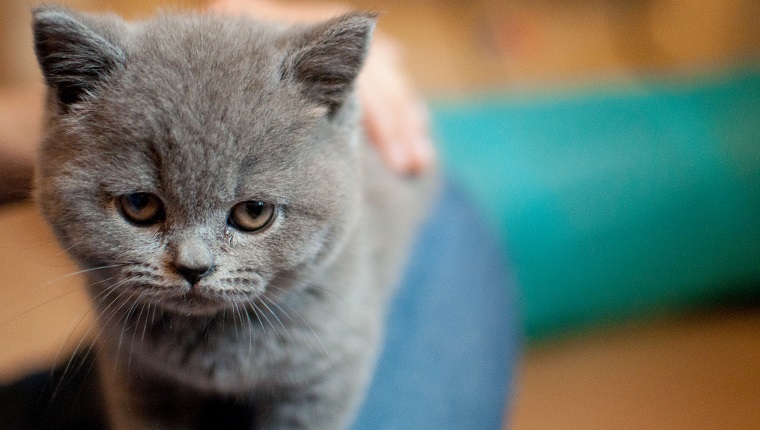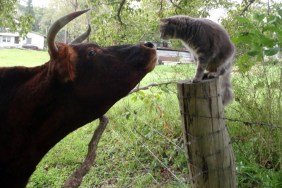Calicivirus in cats is a virus that causes upper respiratory infections and cat flu. It’s very contagious and quite common.
Sometimes, feline calicivirus in cats is referred to as FCV. If you see the symptoms in your cat, then you must get to a veterinarian for a proper diagnosis and treatment.
Here’s what you should know about the symptoms, causes, and treatments for calcivirus in cats.
Symptoms Of Calicivirus In Cats
Calcivirus in cats primarily affects a feline’s upper respiratory system.
Common symptoms seen in cats infected with the virus include the following:
- Sneezing
- Eye discharge
- Nose discharge
- Ulcers on the tongue
- Showing a fever
- Acting lethargic
- A loss of appetite
Beyond these symptoms, the virus can, in some cases, cause gingivitis in cats or even make cats seem to limp, which is due to arthritic inflammation of the joints.
Causes Of Calicivirus In Cats

Calcivirus is very contagious and spreads easily between cats. This means that cats living in shelters, rescues, or colonies face higher risk.
Direct contact is a principle way of spreading the virus between cats. This can take place through a variety of ways, including the following:
- Sharing food and water bowls
- Sneezing and expelling droplets that are inhaled
- Making contact with another cat’s saliva or eye and nose discharges
Humans petting cats and not washing their hands has also been shown as a way to spread the virus among cats.
As a precaution, caretakers should regularly wash bowls, beds, and shared toys in situations where cats live together.
Treatments For Calicivirus In Cats
If you bring a cat to a veterinarian with upper respiratory issues, there’s a good chance the vet offer a presumptive diagnosis that the cat has calcivirus. They can confirm a more specific diagnosis through eye and mouth samples that a laboratory will test.
When it comes to treating calcivirus in cats, vets often prescribe antibiotics. As in all cases when your vet prescribes antibiotics, make sure you complete the full course and administer the medicine exactly as directed.
In more extreme cases, a vet may need to place a cat suffering from calcivirus on an intravenus drip.
Vets also often recommend vaccinations, especially during the kitten stage when a feline might be more exposed to calcivirus.
Has your cat ever suffered from calicivirus? How did you and your vet treat your kitty? Let us know about the experience in the comments section below.









